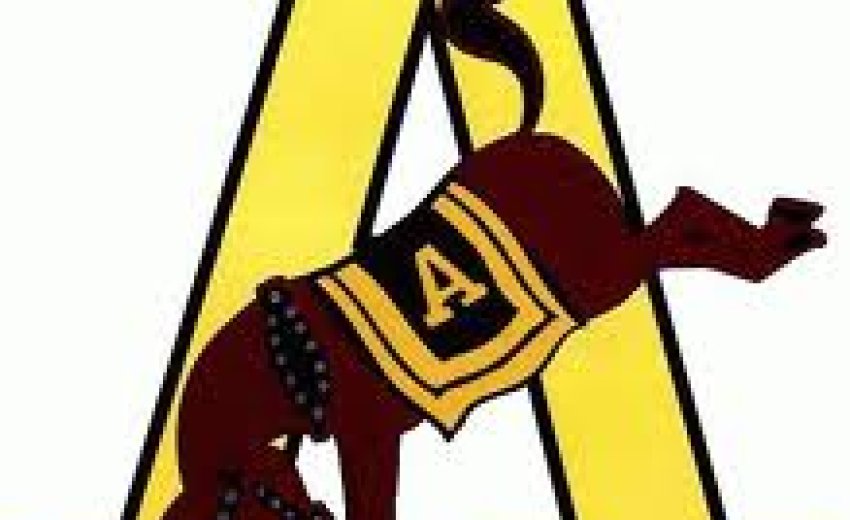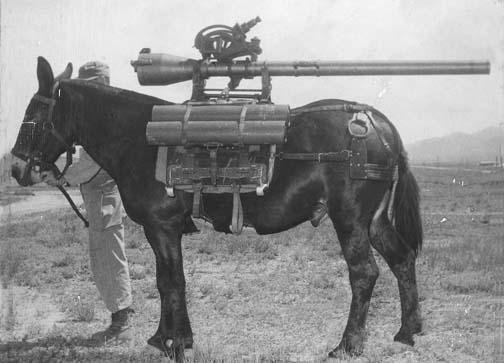Feb 20, 2012: Having been an infantry officer myself, i am aware of the infantry's ethos and philosophy, particularly the regiment i belonged to, the Sikh Light Infantry. Most interactions with the other arms and services within the army, whenever they do occur, become great learning experiences for all involved.
|
|
|
Recoilless Rifle mounted on a mule |
Back in the 1980s, while serving in the mountains of J&K as the Rifle Company Commander in my battalion, we had picketed on a hilltop. There wasn't any water source up there. So we were provided with mules to ferry water up from the 'water point' located below the mountain.
I remember one particular incident when i was standing outside my bunker with another officer. I saw a jawan running a flame all around the body of a mule. I was confused, to say the least. Noticing this, the officer explained that the mule had just been given a haircut and the flame was being used to burn the remaining hair. I just hoped the local barber didn't try the same trick on us!
In spite of the fiery aftershave the mules receive, they are loyal animals. In the army, there are several stories of valour, loyalty and courage specifically involving mules. One story goes that a mule was captured by Pakistani troops during one of the wars. The enemy troops probably made the captured mule work for them, but not for too long. The patriotic mule escaped from enemy hands and returned to its parent unit - bringing along a load of rations for its own welcome back party!
There were detailed analyses by many armymen to understand the reasons for the mule's daring escape. Humans would escape and return to their country not only for patriotism but also to be back with their loved ones. But these army mules don't have family, so why did they return? It had to be loyalty.
A jawan once gave me the lowdown on mules in the army. There are three types of mules - there is one for general load carrying, General Service. The second is the sturdier type, used to carry dismantled artillery guns called the Mountain Arty. And the third variety is used for riding. Jawans who handle mules are called 'mule drivers' and each of them usually handles a pair. A point to note is that referring to them as "khachchar wale" is considered very offensive.
Whereas most mules are disciplined, some, called 'badmash mules', are not. These badmash mules toss any jawan who tries to get on their backs. But again, if an officer tries to ride them, they behave themselves! The indiscipline of the badmash mules seeps down to their movements too. Yet when the commanding officer (CO) of the Animal Transport Battalion comes around for inspection, they conduct themselves like the most disciplined soldier!
All mules recognise their CO; they probably sense authority, or recognise the officers' pips on the shoulders. Whatever the reason, the badmash mules behave themselves when the CO is around because they seem to know he has complete hold over all, man and mule. He rewards well-behaved mules and punishes the bad ones. If the CO has judicial powers of a magistrate for the men, he can also summarily dispose of 'disciplinary cases' involving mules.
A badmash mule is actually marched up to the CO in his court, for an act of indiscipline. After the latter hears the charge, he reads out the verdict of punishment, which invariably is pack parade for a few days. A pack parade is when a mule is strapped with heavy loads of bricks and sand (heavier than the normal load) and taken around for a long run. What is worse is that when the badmash mules are punished, other mules - who are tagged 'disciplined' - kick them! Clearly, be it man or beast, the army disciplines all.


